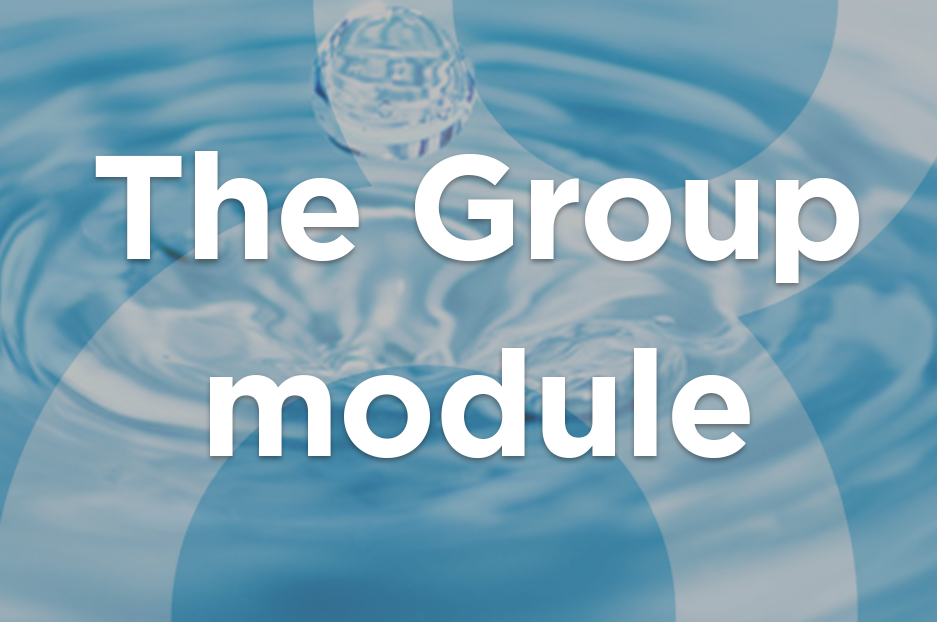We continue to bring you closer to Drupal 8 modules, because they worth your attention. Previously we talked about such modules as Rules, BigPipe, Fast 404 and others.
If you want specific sections of your site to be accessible only for specific groups of users, then this module is exactly what you need. Some of you may be familiar with Organic Groups (OG) module. The Group is an alternative to it, but with great improvements, which we are going to focus on today.
Where is the Group module worth being applied?
There are a number of different reasons to hide your site content from the majority of users and give access only to some. The need for private content is usually caused by the business specifics. For example, if you often organize online conferences, you may create a group of its members. An education website in Drupal is another case where this module may help. It allows a teacher who manages a site as an admin to create groups for students while limiting their access to the learning material on the site. On your Drupal site, you can even establish a fee for the access to some information. Those users who have paid your charge become members of a group, and are permitted to view, add or edit any content type.
What are the benefits of the Group module (vs OG)?
The UI is convenient to navigate. You can easily understand how to create a group. Once this module is empowered, a link leading to everything you need is added to the admin toolbar. Compared to the OG, the Group’s UX is improved. You can effortlessly find the Group section near the People section. There is no need to visit lots of pages to configure the functionality of your website’s group.
The set of each group’s permissions is defined by the web developers and is then switched to each group instance. You are also able to configure permissions for different types of groups to prevent their members from cheating.
Group roles are similar to user roles, but can be defined on the group type level. There are three kinds of roles in the Group module. They are: Member (a group member who has an account on the site), Outsider (not a group member, but someone that has an account on the site) and Anonymous (no account on the site).
The structure of data is clear. It allows you to provide a rich API. Every group acts like one entity existing on its own. In the Organic Groups, the grouping functionality is mixed, as it has to be attached to a node, taxonomy term or any other parent entity. The Group is more independent and flexible.
The developer experience is also enhanced. The code is very well documented, so developers can quickly understand how it works and extend its functionality by writing hooks in code. Besides extensibility, this module can be easily integrated with nodes (Group Node submodule) and with other D8 modules. This makes it a joy to develop improvements for it and build websites with it.
To sum up, the Group module has an enhanced user experience, developer experience and data model over OG. This module was designed for D7 first and rewritten later from scratch for D8. Both versions are available now, but we recommend you to use this module in Drupal 8. If you’ll need help in installing or executing it, feel free to contact our Drupal web development services company. We wish you to enjoy all of Drupal’s benefits.

